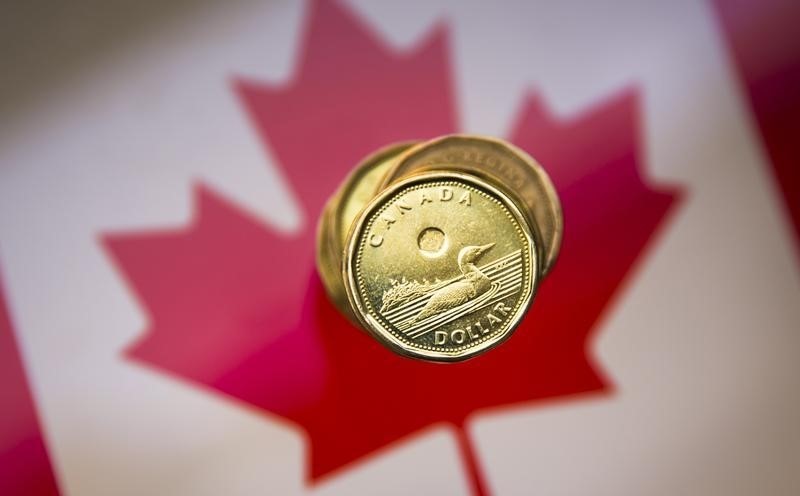By Ketki Saxena
Investing.com – The Canadian dollar retreated modestly against its US counterpart today following mixed US CPI data that drove volatility in equities as investors digested the impact of the data.
The Labor Department's Consumer Price Index increased 0.5% in January, accelerating after a 0.1% gain in December, data showed. January's annual CPI rate was also higher than market forecasts for a 6.2% gain. However, year over year in the 12 months through January, the CPI grew 6.4%, the smallest gain nearly a year and a half, and subsequent to 6.5% rise in December.
After a sharp decline in the USD immediately following the CPI data, the dollar was able to (barely) pare back losses through the day against a basket of major currencies as treasury yields rose, and following moderately hawkish Fed speak. Federal Reserve Bank of Philadelphia President Patrick Harker today stated that said while he believes the central bank has more work to do to reduce inflation - although he noted that the Fed is getting close to a restrictive rate.
Despite the rebound in risk sentiment and little strength in the dollar, the loonie was unable to eke out a gain as a slide in crude prices pressured the Canadian currency.
Crude prices faced a double whammy today, as US stockpiles continued to build following low demand for fuels and heating products, and as US President Joe Biden announced further releases from the US Strategic Petroleum Reserves. The US is seeking to counter supply concerns rising from Russia’s planned crude production cut in March.
On a technical level, analysts at Daily Forex note, “As we are between the 50-Day EMA and the 200-Day EMA indicators, it looks as if we are going to continue to see a lot of choppiness which is typical when that happens. If we were to break down below the 1.2350 level, then it’s likely that we go down to the 1.30 level underneath, which was a major area of interest.”
“On the other hand, if we turn around a break above the top of the consolidation area, which I think a break in the 1.35 level will most certainly end up being that signal, then it’s likely that the US dollar goes to the 1.37 level above, an area that has been significant resistance in the past.”
“In the short term, we probably continue to see a lot of back-and-forth noise.”
